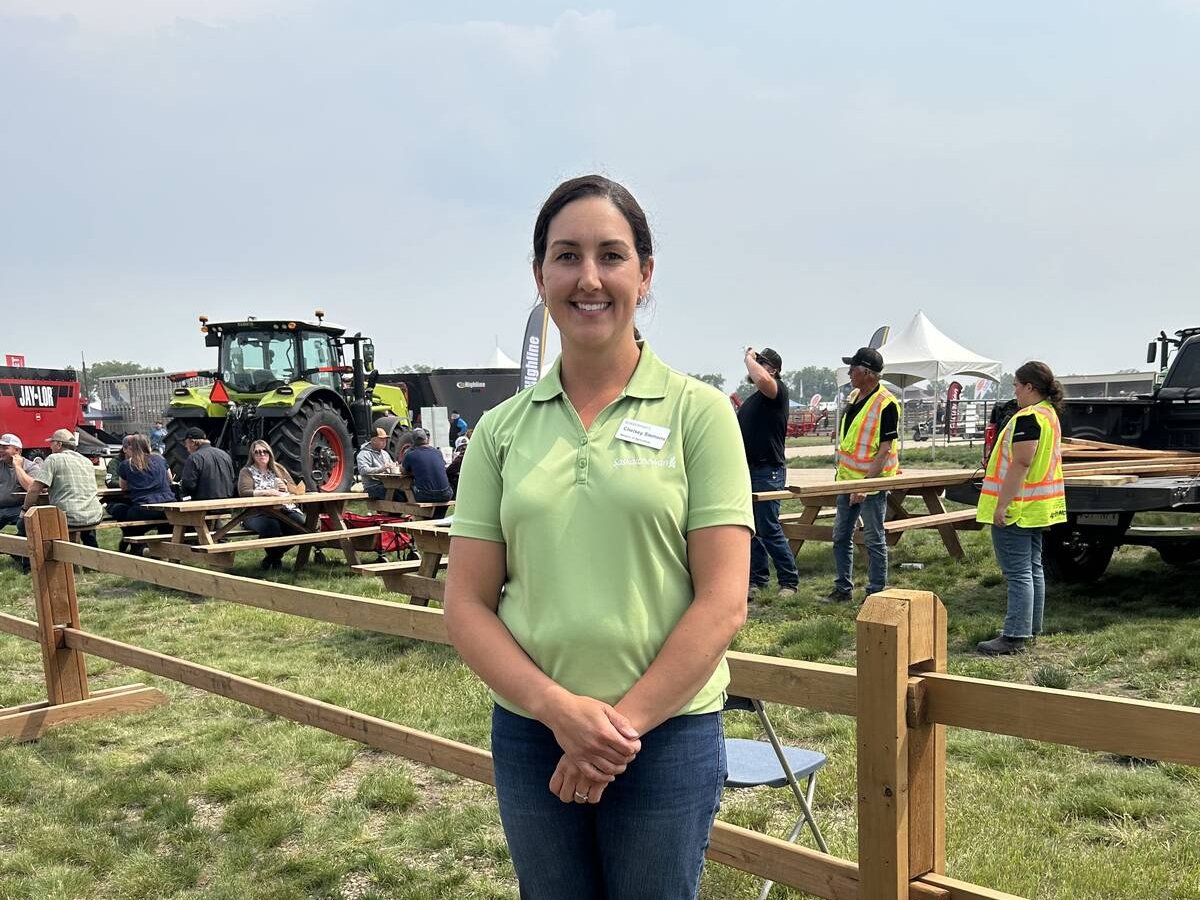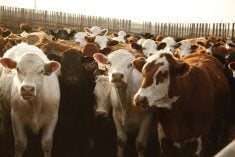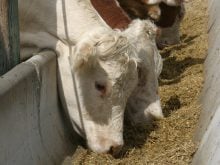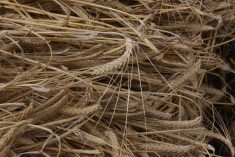Is genomic testing worth adding to your selection criteria when retaining heifer calves?
A one-year study funded by the Saskatchewan Ministry of Agriculture is exploring the value of this tool in replacement female selection on commercial cow-calf operations.
Follow all our Ag in Motion coverage here
Read Also

High prices see cow-calf producers rushing to incorporate
Farm accountants are reporting a steady stream of cow-calf producers rushing to get their operations incorporated ahead of selling their calves this fall.
“It costs a lot of money and a lot of time to raise a replacement heifer from a calf until she gives you her first calf, and a lot of the traits that we’re interested in aren’t expressed until she is a cow,” said Chelsey Siemens, livestock and feed extension specialist with the province, speaking to beef producers at Ag in Motion 2025.
“The idea with the genomic testing is to get us some information on those traits that we can receive right off the bat when she’s a heifer calf.”
Funded through the provincial ag ministry’s ADOPT (Agriculture Demonstration of Practices and Technologies) program, this study focuses on whether producers find genomic information to be a beneficial addition to their existing selection criteria.
“We want to see, are those results useful for the producer? Are they easy to evaluate? Are they customizable for the operation and, bottom line, is it worth the cost?” said Siemens.
This spring, Siemens and her colleagues took tissue samples from about 200 heifer calves on two commercial cow-calf operations in Saskatchewan.
The samples were tested through Neogen’s Igenity Beef profile, which “looks at genes across the whole genome and relates them to 17 traits that we are interested in,” she explained.
This includes maternal traits (birth weight, calving ease direct and calving ease maternal, stay ability, heifer pregnancy rate, docility, milk and scrotal circumference); performance traits (residual feed intake, average daily gain, weaning weight and yearling weight); and carcass traits (tenderness, marbling, ribeye area, fat thickness and hot carcass weight).
Neogen then provided a score for each trait, plus three indexes to interpret the animal’s maternal, performance and carcass traits, which only the researchers have seen at this point.
The next step in this study is for participating producers to select their replacement females this fall after weaning, using their usual criteria.
“Then we’re going to go and look at how those choices relate to which heifer calves scored the highest for those maternal traits based on the genomic testing,” said Siemens.
“We’re really excited to see what the producer experience is, whether those scores can actually be translated into the selection of replacement heifers.”
The study’s final report will be available in January 2026 on the Saskatchewan Agriculture website.
















